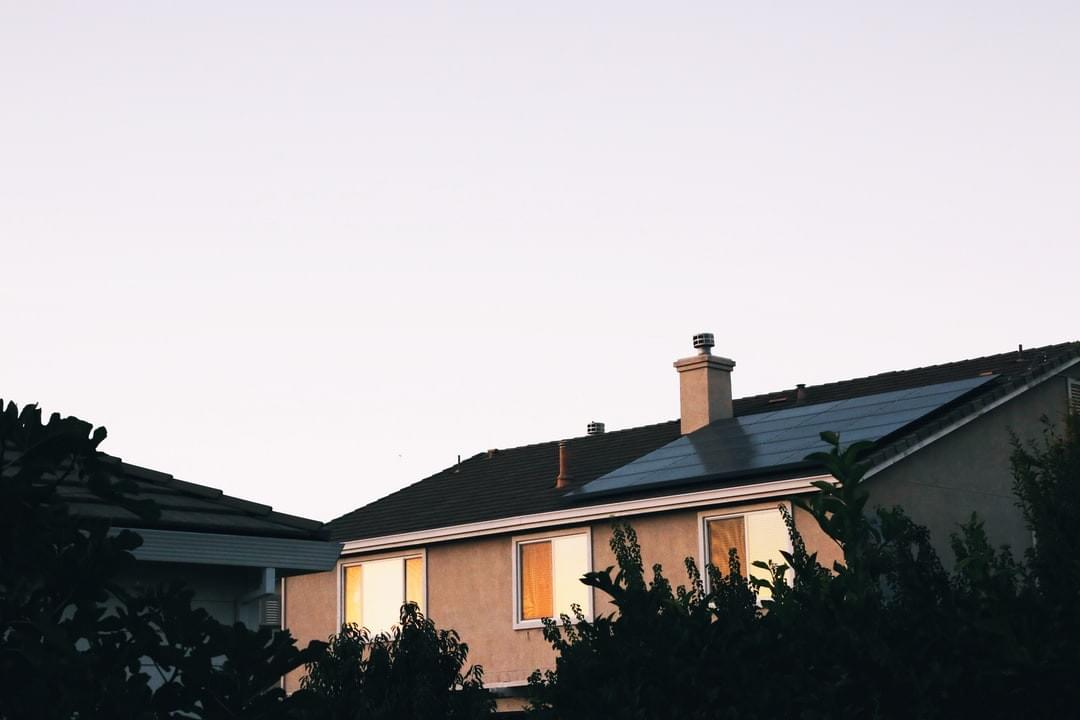
Solar installation is one of the most commonly sought after forms of construction. It is not that the cost of solar panels is prohibitive, but rather that it takes a lot of planning and expertise to make certain they can fit in with the intended project. The first consideration for any solar installation is the size of the home or building. Most solar panels are installed on homes that have less than 100 square feet of space.
Solar installation is the transformation of electricity from sunlight to usable energy, either by directly using solar panels, indirectly through photovoltaic cells, or through a combination of the two. Photovoltaic cells convert light energy into electrical energy and they are usually placed in panels, which are then plugged into the home's electrical outlets. Concentrated solar systems utilize specially designed lenses with reflective surfaces and photovoltaic tracking systems to direct a huge amount of sunlight onto a smaller area of sunlight. This enables the panels to collect more energy for a given set of solar panels. You can read more on solar installation on this website.
Solar installation is best accomplished by a trained installer who has experience with the materials used. In addition, solar installation is best when it is planned with the house in mind. A solar system must be carefully planned and located within the structure to maximize its benefit to the home's energy needs. Any system that is too big or too small will not work to its full potential. For example, if a home has a large roof, it may not be feasible to install a system that requires direct contact with the sun during daytime.
As mentioned, the most difficult part of solar installation is planning the solar system's location. A professional installer will need to carefully measure the area that the panels will be installed and determine whether the panels will be placed in an exposed area that can receive the maximum amount of sun during the day. Even though a good technician will have the skill to correctly plan and place the panels, homeowners can help by providing accurate measurements of their home. to the company so they know where the solar arrays should be located. You can get the best solar sc on this website.
The next step in solar installation is to select a qualified solar installation company that is experienced in both residential and commercial installation. This will ensure that the panels purchased are properly installed and that will benefit the homeowner's energy needs. If a residential system is selected, the homeowner will also need to select a company that offers training in installing the panels at their place of business. There are companies that offer both residential and commercial installations.
Solar installation should not be rushed. It will take several months to several years for solar energy to pay for itself and pay off the initial expense of the equipment. Most solar installations will be paid back over time by savings on utility bills and the savings are compounded over several years as the panels continue to pay for themselves. The biggest money saving factor is to not replace the existing roofing with another system in the future. Get more info related to this post at https://www.huffpost.com/entry/what-you-need-to-know-abo_27_b_8055802.